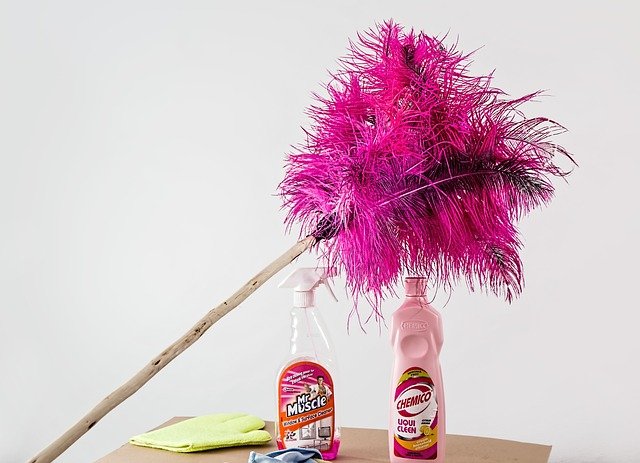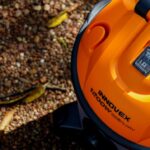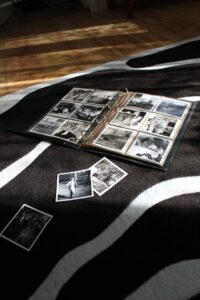
Which Anilox Cleaner Should You Choose?
One part of preparing for your next printing job is cleaning the anilox roll. However, this can be a challenge. After all, there are quite a few anilox cleaners on the market. Each one has a unique formula. Some of them may not be good for your machine at all. Others may give you a better result, but take a lot of scrubbing. The result is that you are frustrated every time you try to clean your roll.
This problem causes printers a lot of frustration. It can also lead to wasting money on different cleaners. The key is to find a cleaner that works for your machine. You want something that will dissolve ink, grease, and grime. The good news is that there are a couple of formulas that perform this task on most printers. Here are two of the most popular formulas and when you should not use them.
Sodium Hydroxide
Sodium hydroxide is a strong cleaner that is found as a base in many soaps and detergents. It is alkaline and can be found mixed with water, ethanol, and methanol. For this reason, it is common as a cleaner in the printing industry and can be used on even ergonomically friendly machines. The high pH makes this a very aggressive cleaner that can tackle the toughest ink and grease buildups.
However, this can attack your aluminum anilox rolls. This is because the chemical blend reacts with water and aluminum. When this reaction takes place, the aluminum will dissolve. Therefore, if you are using this type of cleaner, you could harm an aluminum roll. Avoid using this chemical on your aluminum rolls. Instead, only use them on rolls made with other materials. Rinse these rolls well so you don’t damage other parts of your machines when you reinstall them.
Potassium Hydroxide
Potassium hydroxide is another chemical that is found in cleaners. It may also be called caustic potash. It is another strong base. It has many applications because it is corrosive. While this doesn’t affect your machines, it can damage your skin, so it should be avoided if you have sensitive skin. If you choose to use this mixture, you will need to wear safety goggles and gloves to avoid contact with the chemicals.
While finding the right cleaner for your printer can be a challenging task, it is worth the effort. These are two bases that you should look for in cleaners and when they should not be used.


















